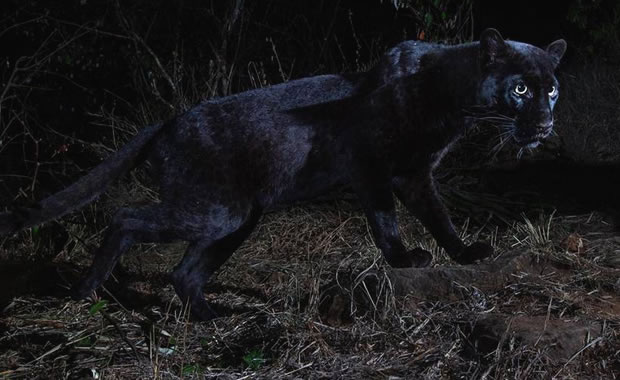

Three-keeled Asian Turtle
Photo used with permission of:The World Chelonian Trust |
Creature Profile
The three-keeled Asian turtle is found in India (Assam), Bangladesh, and possibly Nepal. The carapace (shell) is usually reddish brown to black, and the length of specimens that have been collected range from 5 to 6.6 inches. Males are larger than females. This species is easily identifiable by the high-domed shell with three noticeable yellowish-brown lines. The plastron (the shell covering the turtle's underbelly) is yellowish to orange. The head is reddish brown to black with a stripe that is sometimes present on each side. The tail and limbs are also reddish brown to black.
This species is strictly terrestrial (occurring only on land) and prefers upland woodlands for its habitat. Its main diet in the wild is fruit, and it is believed that its preferred fruit is from the downy jasmine plant (Jasminum multiflorum). Captive turtles have been known to eat vegetables and fish as well. This species is active mainly at night, and during the day it rests in leaf litter or in hollow logs or stumps. It is not known if this species has a specific breeding season. Some turtles have been found mating in July, and nesting and hatchlings have been observed between the months of August and December. The female lays one to three eggs.
The species was listed as endangered in 1976 because of its low population and vulnerability, but very few additional conservation measures have been implemented to preserve the species. Causes of decline are probably similar to other turtle species in its range that have declined due to capture by locals for food and collection and trade in the Asian market. Development of rivers and creation of dams and pollution have also threatened reptiles species in these areas.
Wikipedia Article

|
Wikipedia Article Copyright Notice: This article is licensed under the GNU Free Documentation License. It uses material from the Wikipedia article "Tricarinate hill turtle". |
May 9, 2017
Glenn, C. R. 2006. "Earth's Endangered Creatures - Three-keeled Asian Turtle Facts" (Online). Accessed 4/18/2024 at http://earthsendangered.com/profile.asp?sp=487&ID=3.
Need more Three-keeled Asian Turtle facts?




